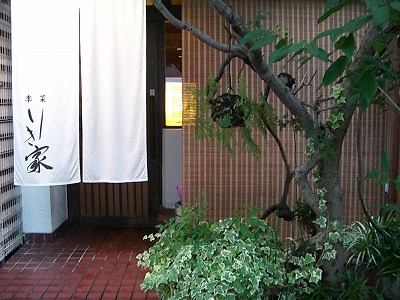
The entrance to Rikiya
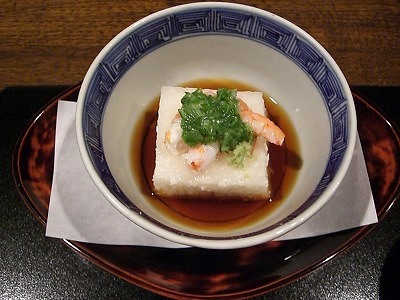
Yoro-dofu, shrimp and okra
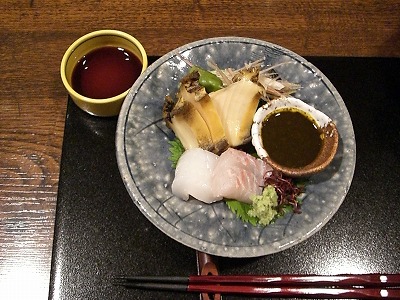
Steamed local abalone, sea bream and squid
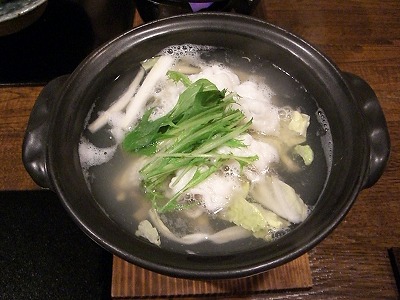
Common Japanese conger with flavorful soup
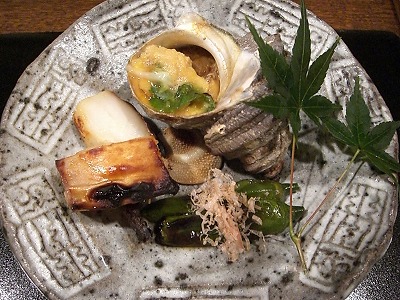
Broiled butterfish, a turbo cooked in the shell and grilled green peppers
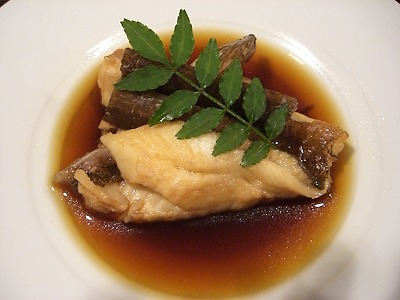
Pacific ocean perch and burdock boiled in soy sauce
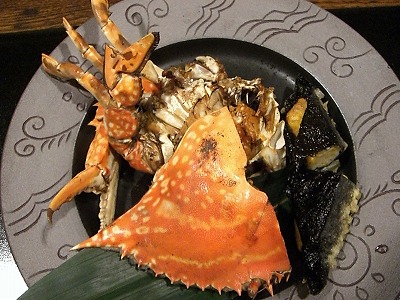
Local blue crab and yama-imo yam
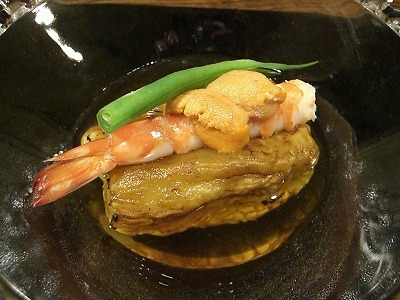
Grilled local eggplant, prawn and raw sea urchin
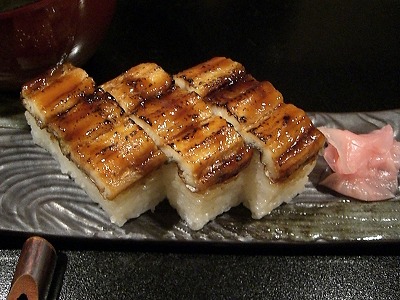
Box sushi with grilled local conger on top
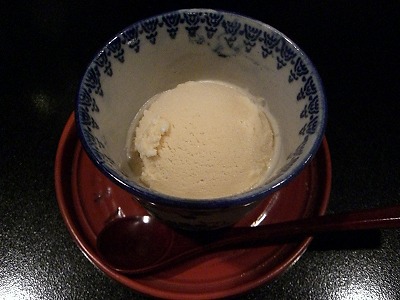
Wa-san-bon ice cream
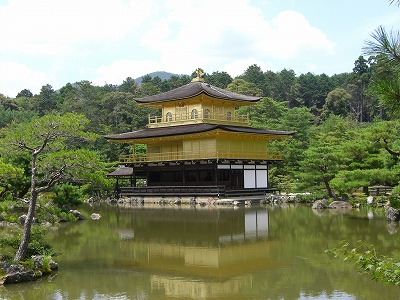
Shariden Kinkaku, commonly called the Golden Pavilion, is located within
the temple precinct of Hokuzan-Rokuonji Temple in kyoto.
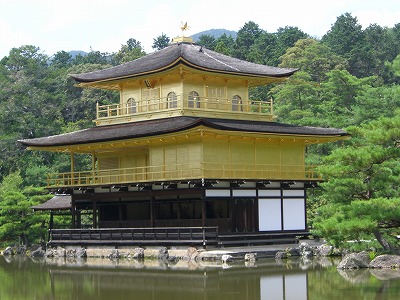
The second and the third floors, covered with gold leaf, are reflected in
the Kyokochi Pond. And a mythological phoenix perches on the top of
the roof. This is the Pure Land Paradise that Yoshimitsu Ashikaga imagined,
who was the third shogun of the Muromachi Shogunate in the 14th century.
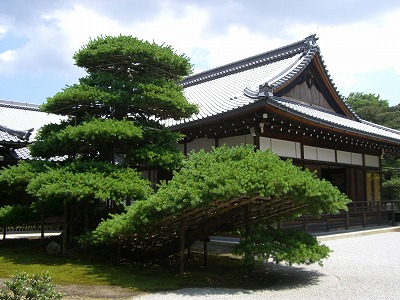
Rikusyu-no-mastu is a pine tree shaped like a sail boat. It is said to have
started from the Bonsai planted by Yoshimitsu.
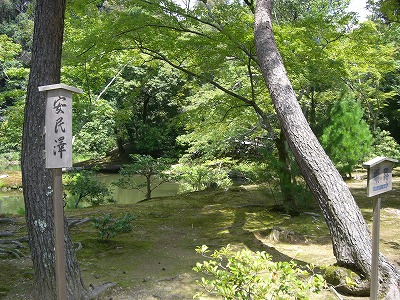
Anmintaku is is a pond which was made in the villa of Kintsune Saionji
who was a grand minister of state in Kamakura period.
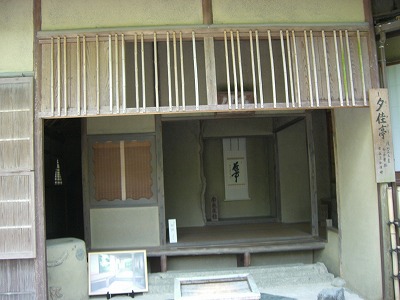
This is a tea house, Sekkatei. Nandin is used for the alcove pillar of the house.
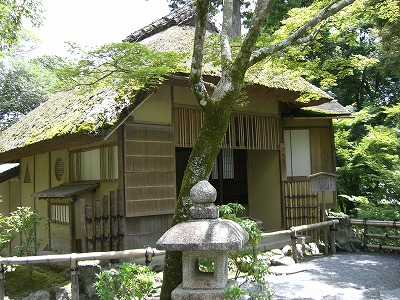
Sekkatei was built in Edo period.
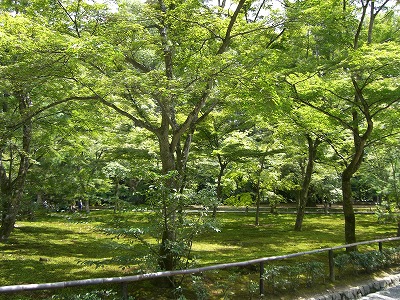
Beautiful garden in the precinct of the Rokuonji
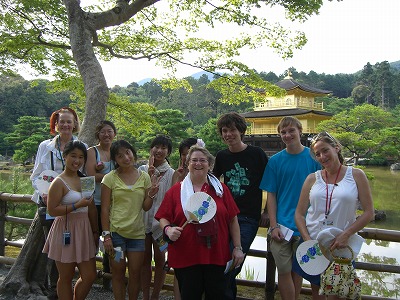
Nice people from the City of Sausalito, California
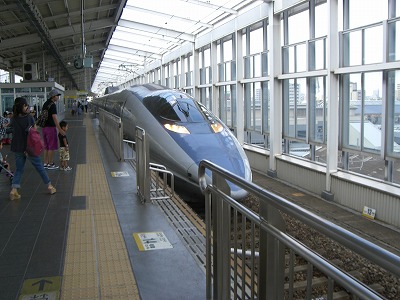
JR Shinkansen at Okayama Station
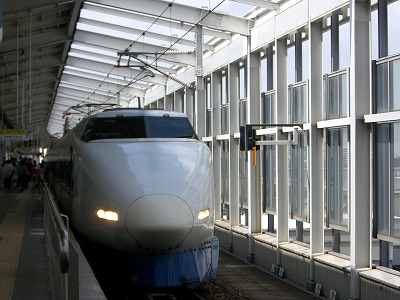
Shinkansen Kodama at Okayama
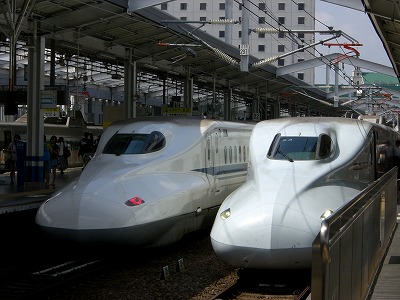
Shinkansen Nozomi at Okayama, by which it takes one hour from Okayama
to Kyoto
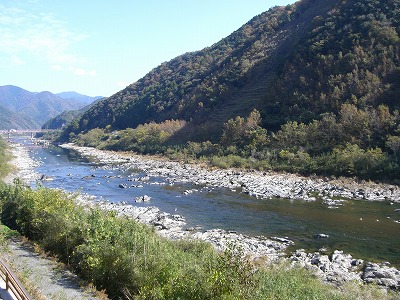
The Shimanto is the longest river in Shikoku: 196kilometers.
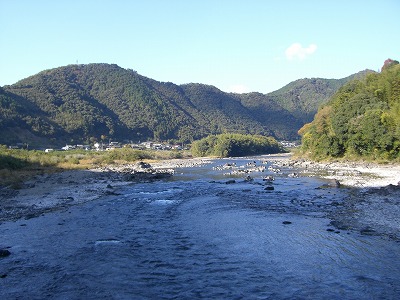
This is the middle reaches of the Shimanto with a clear stream.
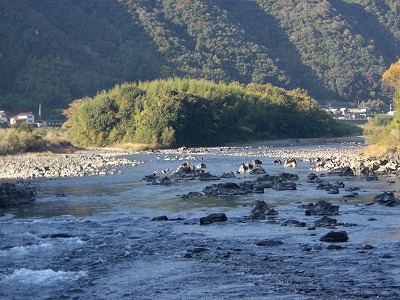
This river is rich in fish, shrimp and nori: a kind of edible river weed.
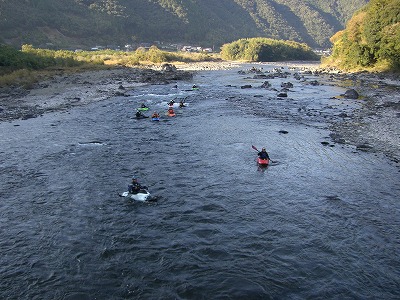
You can enjoy going down in canoes.
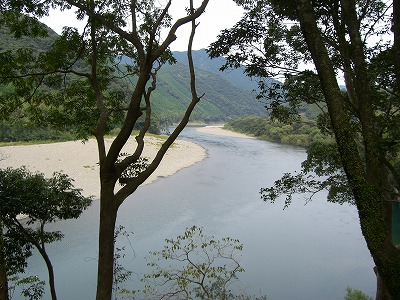
You can enjoy different kinds of views along the river.
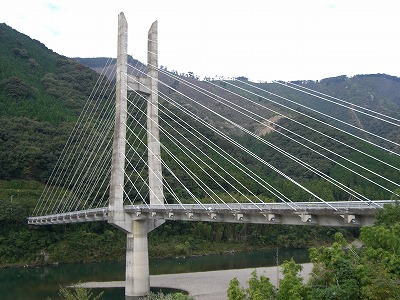
There are many kinds of bridges.
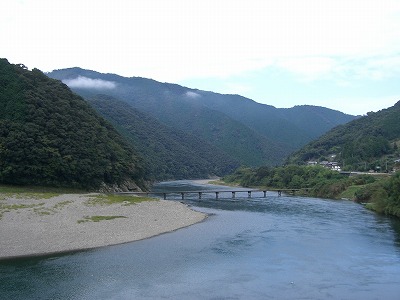
This is Iwama-chinka-bashi. There are many chinka-bashi, which are submerged
below the surface in such cases as typhoons or rainstorms. These are important
bridges for local people around here.
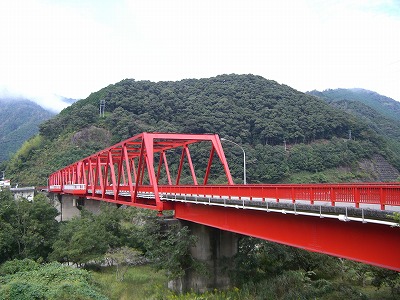
A red bridge near Ekawasaki
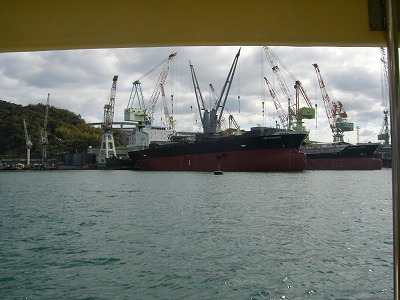
One of the main industries in Imabari is shipbuilding.
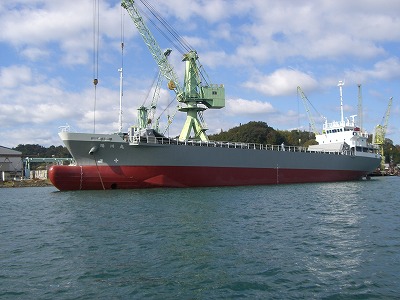
Imabari Shipbuilding Co.,Ltd., based in Imabari City is one the biggest shipbuilding companies in Japan.
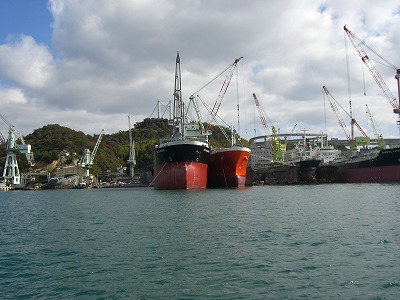
Many ships are being built annually in some eight shipyards along the
Seto Inland Sea.
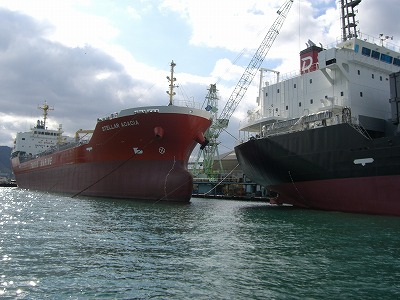
More than 10 shipbuilding companies concentrate in Imabari City, building
the largest number of ships in Japan.
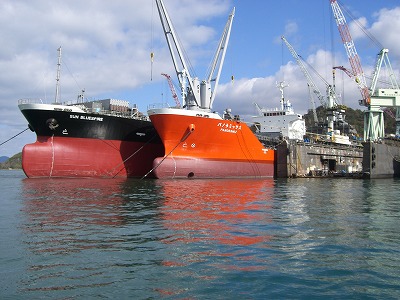
In the 15th century, this area had the largest sea power or militia in Japan.







































